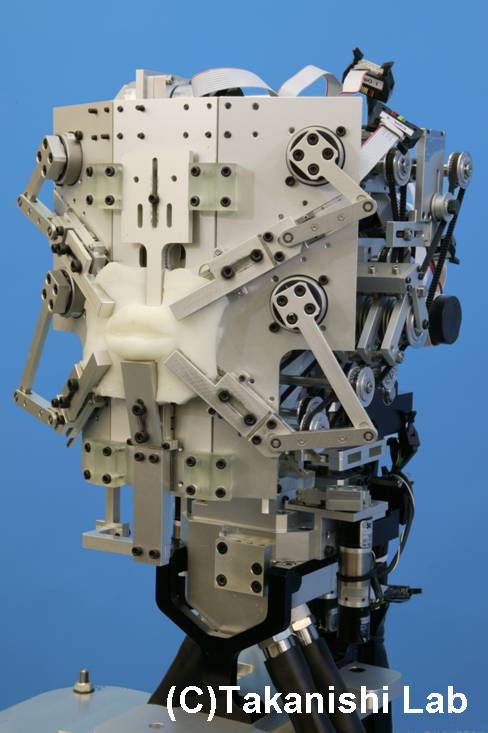Ok, so my previous experiment was an incredible failure. The program crashed in sixteen different ways, including suddenly deciding not to respond to key presses for no apparent reason. A rather lazy Ghost in The Shell. Although about 8 people participated, the data was unusable. What on earth was I trying to achieve?
The experiment was a typical human Iterated Learning experiment (e.g. Kirby, Cornish, Smith, 2008) – there were a set of meanings (Tetris blocks) which varied along two dimensions (shape and colour). Participants were shown the words for half of the meanings, but then asked to recall words for each meanings. These responses were then given to the next participant as input. Over time, other such experiments result in meanings which are compositional and more learnable. However, the meaning space tends to ‘collapse’ as the same label is applied to many meanings.
I was trying to do an iterated learning experiment which teased apart the difference between labelling a form and labelling a function. If participants label the function of an object, the environment will play a greater role in the evolution of the language.
There were two chains – one played Tetris where you have to complete lines to score points – colours are irrelevant. The other chain played “Coltris” where you scored points by placing more than 4 blocks of the same colour next to each other. Also, each individual block in a brick finds its own lowest point (i.e. the brick breaks apart), meaning that shape is much less important. That is, for Tetris, the functionally salient feature was shape while for Coltris it was colour.
What I was hoping was that, for the Tetris players, the signal space would ‘collapse’ in the colour dimension. That is, labels would distinguish bricks by shape, but not colour. For the Coltris, the opposite should have happened – labels would have distinguished bricks by colour but not shape.
Gary Lupyan has shown that naming categories of objects can affect your perception of those objects (Lupyan, G. (2008). The Conceptual Grouping Effect: Categories Matter (and named categories matter more). Cognition, 108, 566-577.). My experiment looks into where those distinct category names came from in the first place. Having said this, the experiment would have been more neat than illuminating.
Oh Well.

